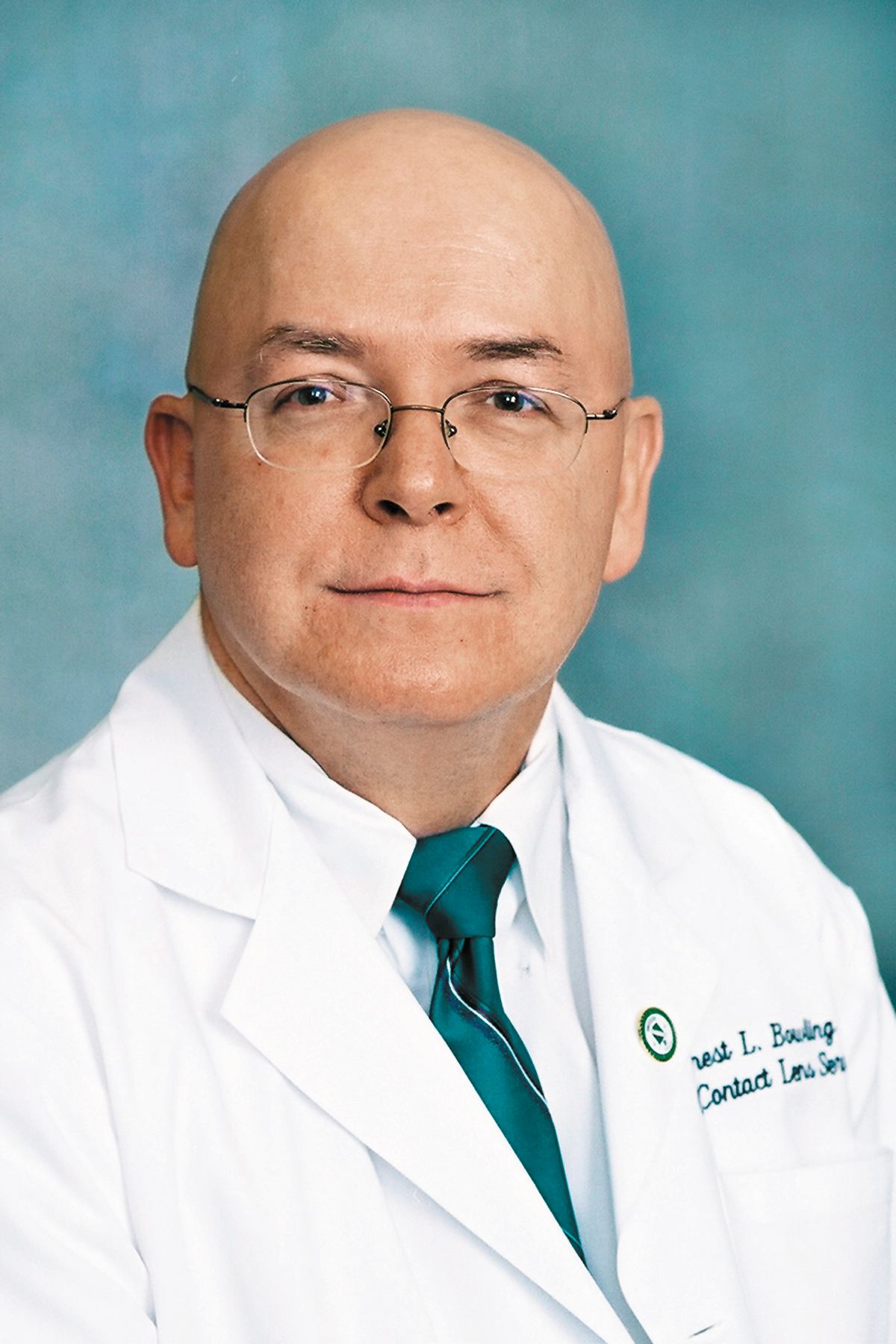Thinking outside the box
Optometrists need to embrace the idea of caring for the whole person. As primary eyecare providers, optometrists are often the entry point into the healthcare system for many patients.

By Ernest L. Bowling, OD, MS, FAAO Chief Optometric Editor
We’ve started a series of articles on the ocular effects of systemic disease. The first article in this series is an excellent summary by Dr. Michael Ohlson in which he outlines why understanding systemic disease is important for primary care optometry (see “Primary-care optometry in the 21st century,” Optometry Times, May, 2013.
Optometrists need to embrace this idea of caring for the whole person. As primary eyecare providers (ECPs), we are often the entry point into the healthcare system for many of our patients. As such, optometrists need to be aware of the ocular effects of systemic disease and much more. The Affordable Care Act will introduce a tremendous number of patients into the U.S. healthcare system. Many legislators, prognosticators, and ECPs argue the system currently is not prepared for this influx and could leave these new patients without access to providers. For example, starting next year, nearly 5 million uninsured Californians will suddenly have health coverage due to the implementation of the Affordable Care Act. Yet California doesn’t have enough primary-care physicians. Forty-two of its 58 counties fall short of the federal government's most basic standard.1
Can optometry help ease this burden? At least one elected official thinks so. Ed Hernandez, OD, a forward-thinking state senator in California (and optometrist) has introduced SB 492, which would expand the optometric scope of practice in his state to the point where optometrists would be allowed (or pick a better word) to treat systemic disease, such as hypertension and diabetes. The legislation would also expand the scope of practice of nurse practitioners and pharmacists. The bill unanimously passed the Senate Business, Professions, and Economic Development Committee the first week of May.2
Can optometrists provide for the overall well-being of our patients? With additional training, absolutely. I’m not alone in this thinking. A recent Optometry Times online poll on our Facebook page, while not scientific, showed the majority of respondents consider this to be a natural extension of optometric services. Think about your own practice. How many patients could you help if you were able to treat systemic disease?
You have to applaud Dr. Hernandez’s outside-the-box thinking. As we all know, optometry is a legislated profession; I shudder to think about the turf battles this matter would produce. Optometrists need to chart the future of optometry, and Dr. Hernandez has shone a light onto a path we as a profession can take.ODT
References
Editorial: Bills the right prescription for California's health care provider gap. Los Angeles Daily News, April 28, 2013. www.dailynews.com/news/ci_23123395/editorial-bills-right-prescription-californias-health-care-provider?source=rss. Accessed June 14, 2013.
CA scope of practice bill moves to Appropriations Committee.Optometry Times NewsFlash, May 9, 2013. http://images2.advanstar.com/optometry/eNews/OD_eNews_050813.html. Accessed June 14, 2013.
Newsletter
Want more insights like this? Subscribe to Optometry Times and get clinical pearls and practice tips delivered straight to your inbox.